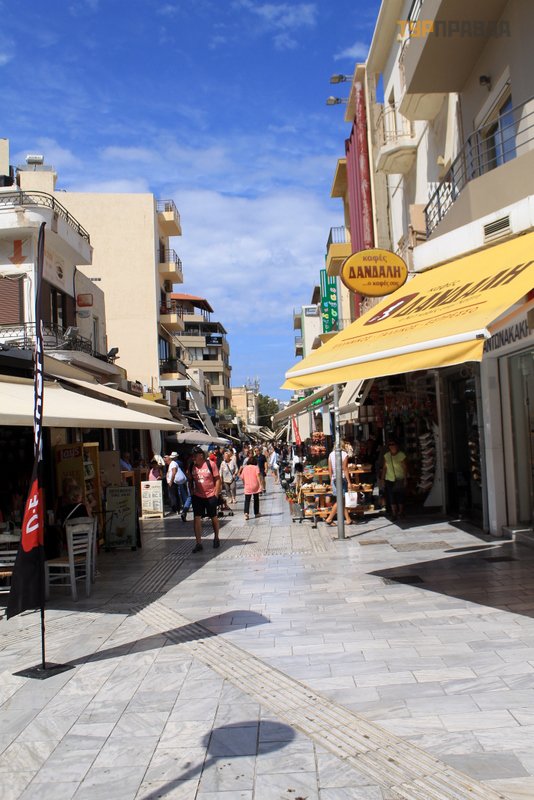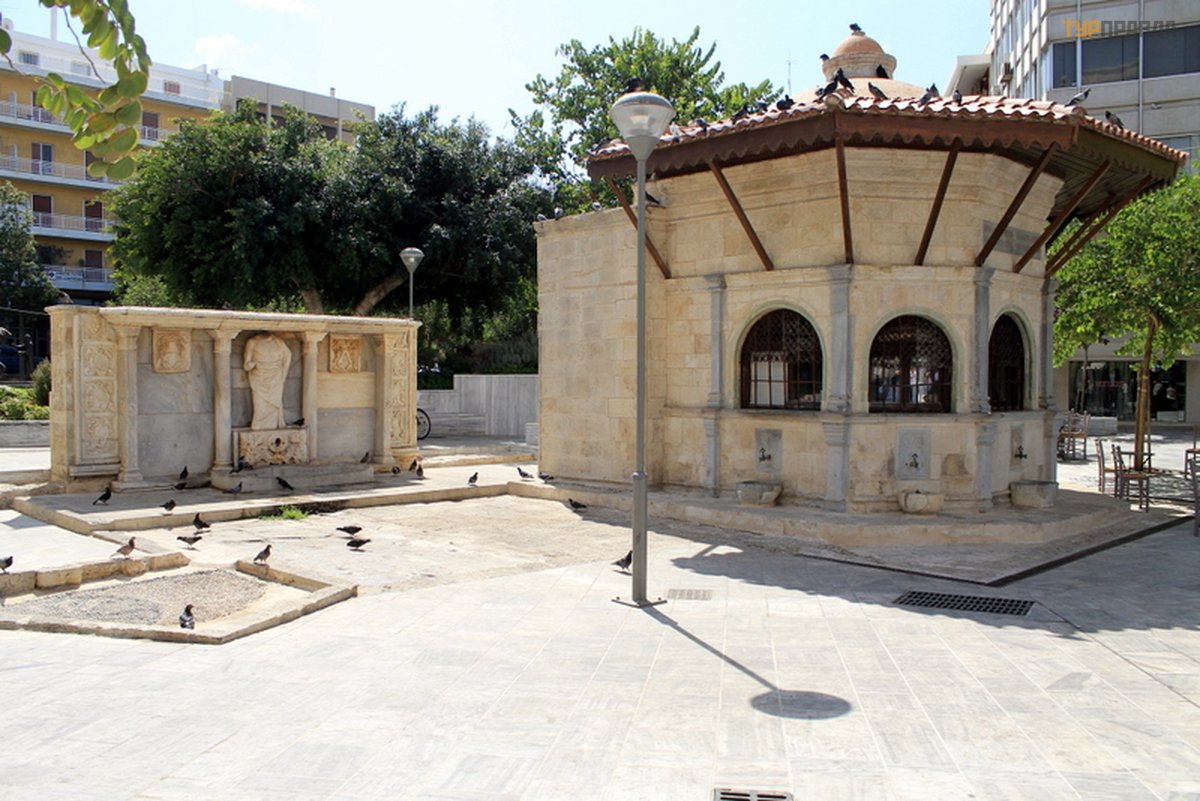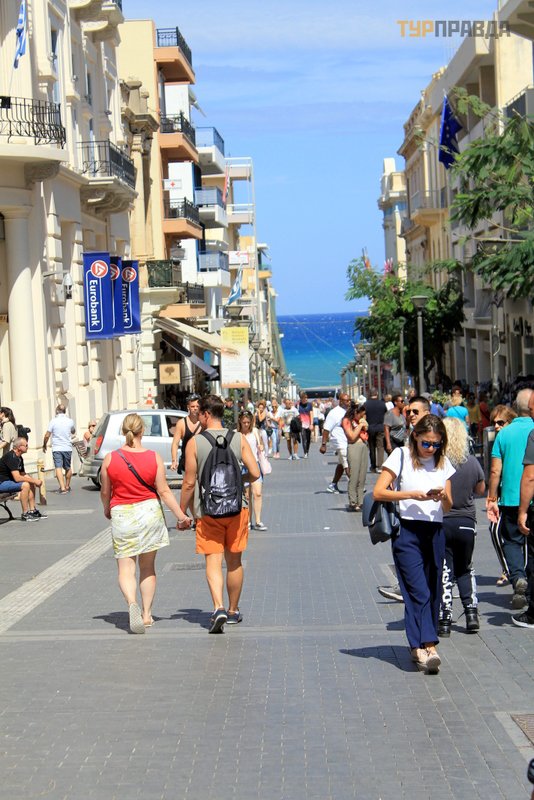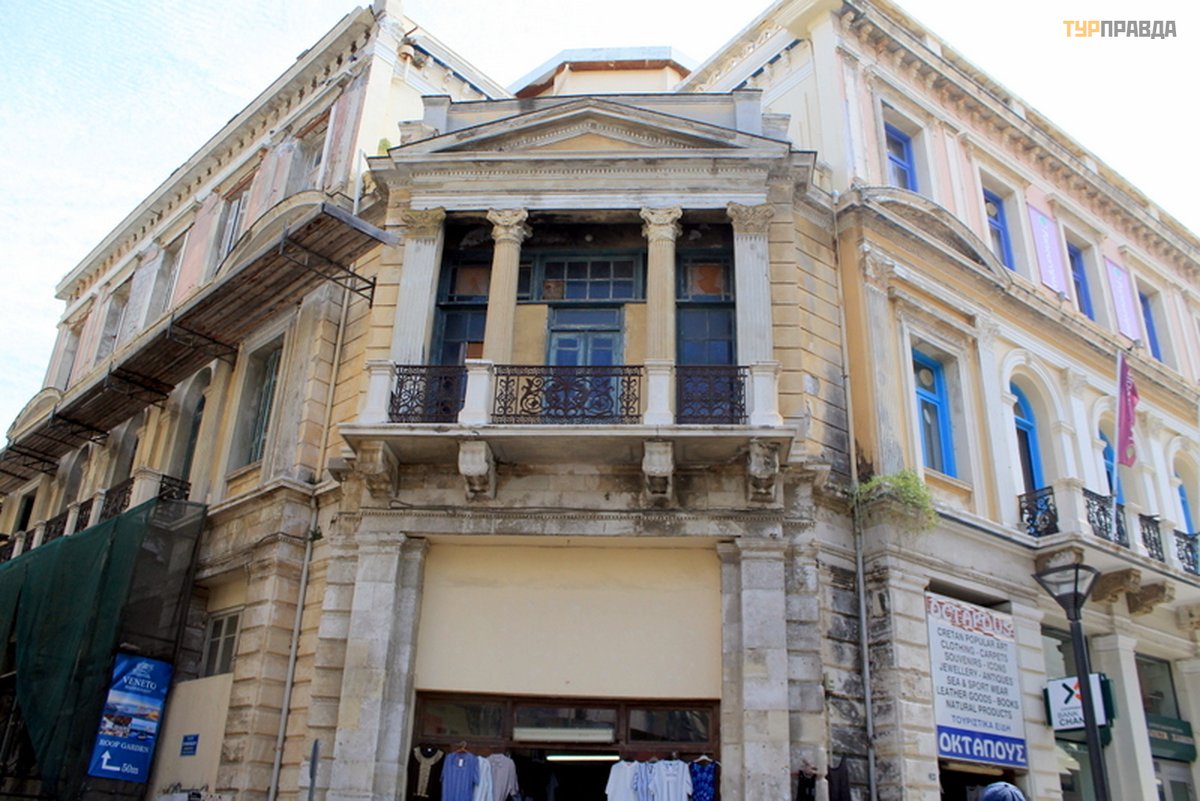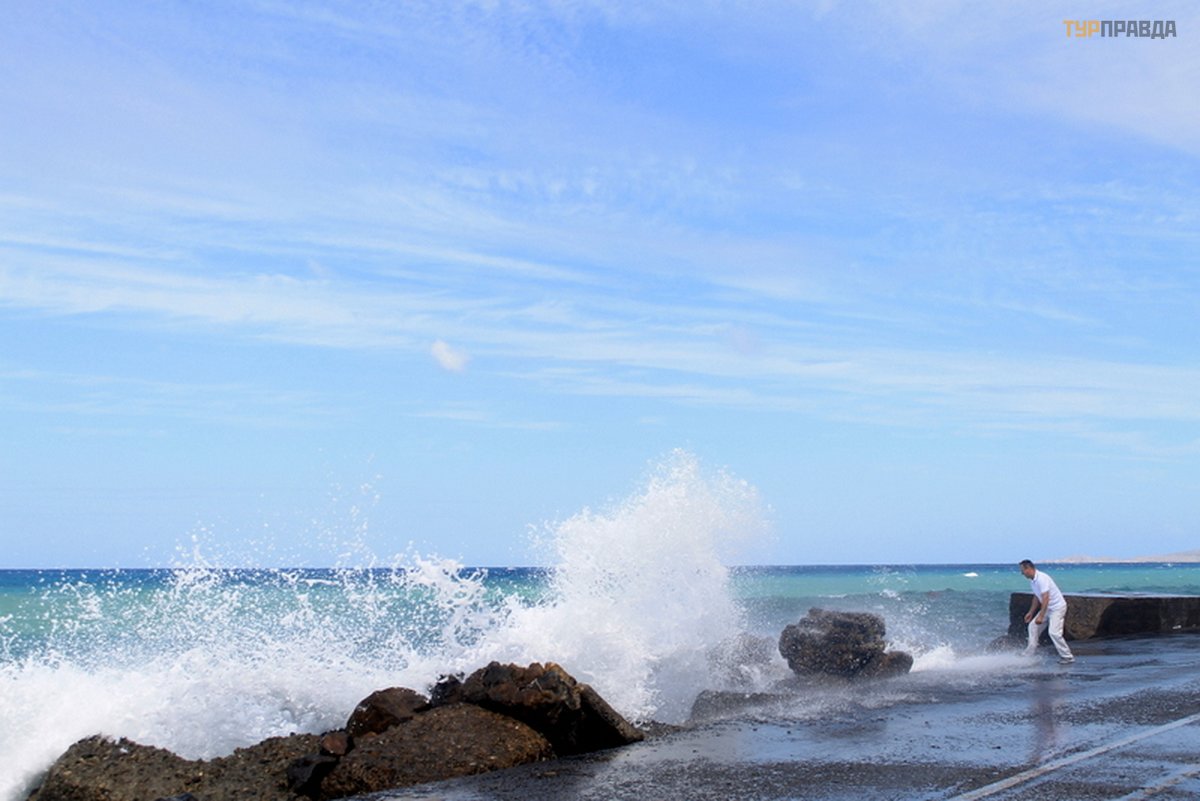By bus, ferry, car… Remembering Crete. Part 3. “Candia remained for the descendants…”

To be continued. Start here:
Part 2. In the labyrinth of history >> >
I'm sorry, but I'll start again with a quote:
“From ancient Crete, where the Minotaur once lived and where the terrible Labyrinth was located, Candia remained to the descendants - an insatiable, explosively growing city, a modern labyrinth, where peoples of all peoples died or disappeared, mixing with each other races, because, located at an equal distance from the coasts of Asia, Africa and Europe, it turned into a Gordian knot tied between them ”(Anne and Serge Golon).
And I will immediately note that, according to my impressions, Candia has changed significantly since then - it has not stopped growing (soon Heraklion airport will smoothly be almost in the center of the city), but it has changed its explosive and seething nature to a measured unhurried existence.
So, having plunged to the very top, and then successfully getting out of the intricate and bizarre labyrinth of the Minoan civilization, you can devote time to Heraklion(aka Khandak under the Arabs, aka Candia under the Venetians, aka Megalo Castro under the Turks). Walk through its historical part, look at the Venetian "greetings" left over from the time of the Kingdom of Candia, "breathe" another historical era. Although it is believed that the city was badly damaged during the Second World War, and therefore inferior in beauty to the same Rethymnon, which we have already visited, or Chania, which we are still planning to go to.
We will start our walk from the most famous legacy of the Venetians - fontana Morosini with four lions (what are the Venetians without lions). . .
. . . located on Eleftherios Venizelos Square, which at one time was conceived as a mini-copy of St.
Streets radiate from the square - and if you are interested in shopping, you can take a walk along the shopping street of 1866...
…and go to Kornarou Square, where the oldest fountain of Heraklion Bembo (1588) is located, presumably erected from fragments of an ancient Roman sarcophagus by the architect Gianmatteo Bembo (hence the funny name).
Next to it is a fountain of the Turkish period, which now houses something like the Juice-Water cafe. ; ))
If you are indifferent to shopping and headless men from sarcophagi, then you can choose the street on August 25, which leads from the Morosini fountain to the port.
If you turn in the indicated direction, you will immediately see the St. Mark's Basilica (Cathedral), which is considered one of the most ancient cathedrals of the island. Now it houses the city art gallery.
The number of people is impressive, but for some reason it does not bother at all. The atmosphere on the main street of the city is quite relaxed and even somewhat lazy and festive. The intense rhythm of the capital is completely absent. And again I remember my friend: “Well, what do you want? It's the Greeks! " : )
Literally 100 meters away, the Venetian loggia rises majestically, built under the same governor of Crete, Francesco Morosini, in the first half of the 17th century.
Today the city hall is located here, so external inspection is open for tourists. . .
. . . and the opportunity to admire the courtyard with arcades and columns.
A little further down the street is the Orthodox Saint Titus Cathedral - the largest in Heraklion, as well as one of the most important not only in Crete, but in all of Greece. Its construction dates back to the 13th century. It is believed that Saint Titus, being a disciple of the Apostle Paul, brought Christianity to Crete.
And then 25 August Street with its cute and original houses. . .
…will take you to the ancient Venetian docks, built several centuries ago (only 7 of them have survived to this day). Today, the docks are partly used as military depots.
Opposite them the sea harbor of Heraklionwith a variety of ships and boats...
. . . over which aircraft landing or taking off fly by with enviable frequency.
And the end point of the journey is a long pier that leads to the Kules fortress, built by the Venetians in the 16th century on the site of the demolished old fortress of the 9th-10th centuries.
Initially, the Venetians called their fortress "Roccaalmare" - translated from Italian as "Rock by the Sea". The name "Kules" ("SuKulesi") was given to the fortress already during the time of Turkish rule, in Turkish it means "Water Tower".
At the same time, although the Turks renamed the fortress in their own way, they did not even remove the lions of St. Mark from its walls, and we can admire them to this day.
Now the fortress building hosts festivals, exhibitions and other cultural events.
But most of the tourists walking around the fortress are engaged in a more exciting activity - watching the endless series of waves crashing against the stones of the fortress walls.
Whatever you say, the sea is the most ancient and majestic attraction of Heraklion, and of Crete as a whole. : )
Therefore, in the next part, the ferry will finally appear , and we will see as many as three seas.



